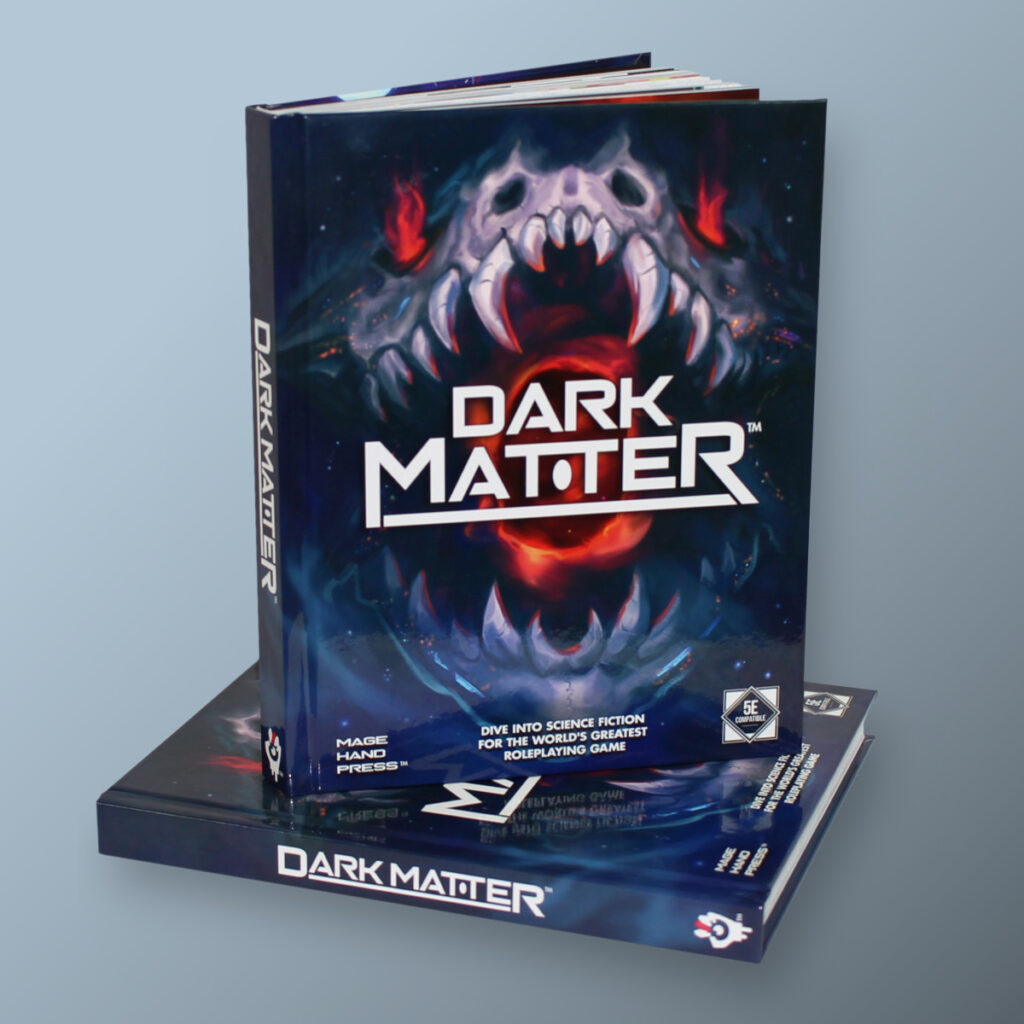Comments from the Finger: Despite what this article might profess, backgrounds are super important; the ones in the PHB are just a little sub-optimal, something I’d like to spend time tackling.
Also, sorry for the lateish post: I did, perhaps, too much America this weekend.
Just Ignore Backgrounds
In 99% of all games, I tell my players to ignore Backgrounds completely, instead just picking two skill proficiencies of their choice. I have no idea how controversial this might be, but I’d like to try to put forward my arguments in favor of it, and compare what everyone else does in their own games.
Backgrounds Don’t (Necessarily) Make Good Roleplay
The backgrounds in D&D 5e do a number of things, chief among them reminding players and DMs alike that interesting characters with rich backstories should be central to every campaign. Indeed, I think the fact that personality traits are front and center on the default 5e character sheets does a lot to emphasize this, which alone sets 5e apart from other editions. Picking a background from the PHB does not, however, ensure that a character has a well thought-out backstory.
In fact, the default backgrounds in the PHB tend to hamper interesting characters, since it seems like most backgrounds are designed to go with particular classes. If you’ve already decided you’re playing a rogue, a Criminal background seems like the only logical choice. If you’re playing a cleric, it seems like you need to pick an Acolyte. There’s a couple of exceptions to this (being born into a wealthy family and taking the Noble background, for example, is as disproportionately beneficial in the game as it is in real life) but the vast majority seem glued to a class.
You can mix and match backgrounds and classes, but the results are just as likely to feel reaching as they are to be enriching. If your character is a Criminal cleric, that might have interesting implications, but a Guild Artisan rogue is a little confounding.
And even if you do find a class/background combination that is interesting to play, such a combination does not also necessarily generate an interesting background story, which is a key element to any background. Those important details still fall upon the player, which now must also abide by the scope of their background as they write it.
Noob Traps
Another recurring problem I have with backgrounds is that, mechanically, they leave new players spinning in circles. Whereas a race and class provide abilities that are frequently useful, backgrounds exclusively provide ribbon benefits. While this makes sense (backgrounds are for roleplay, not powergaming), I’ve seen many new players straining their brain, trying to figure out how to best use features included in their background. Veterans are more likely to ignore these features altogether, but to everyone else, they’re more of a liability, a useless feature on every character sheet.
Roll ‘Em Up Fast
Since many of my regular players are pretty busy, my games tend to be sporadic one-offs. This is great for us; we can try lots of characters in a variety of weird and awesome settings (Dark Matter, for example.) But this means, of course, that we need to spend time before most sessions rolling up new characters, which quickly becomes a chore, and always cuts into valuable play time. It’s a necessity, therefore, that we roll up our characters as quickly as possible.
Cutting backgrounds makes a lot of sense in this situation: we don’t plan on staying with any characters for an extended period, and few of us can remember the specifics of any backgrounds, which means each of us need to drag out the PHB for each background. Plus, having a defined background limits spontaneous roleplay; it can be lot more fun figuring out your background and history on the fly.
– – –
How do you use backgrounds in your game? Do you use any variant rules, or do you use them as presented in Core? Let us know in the comments!



